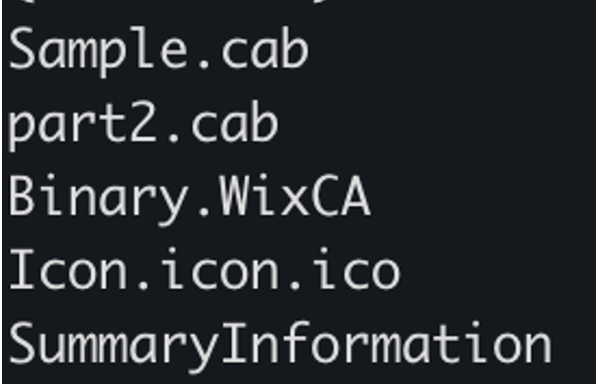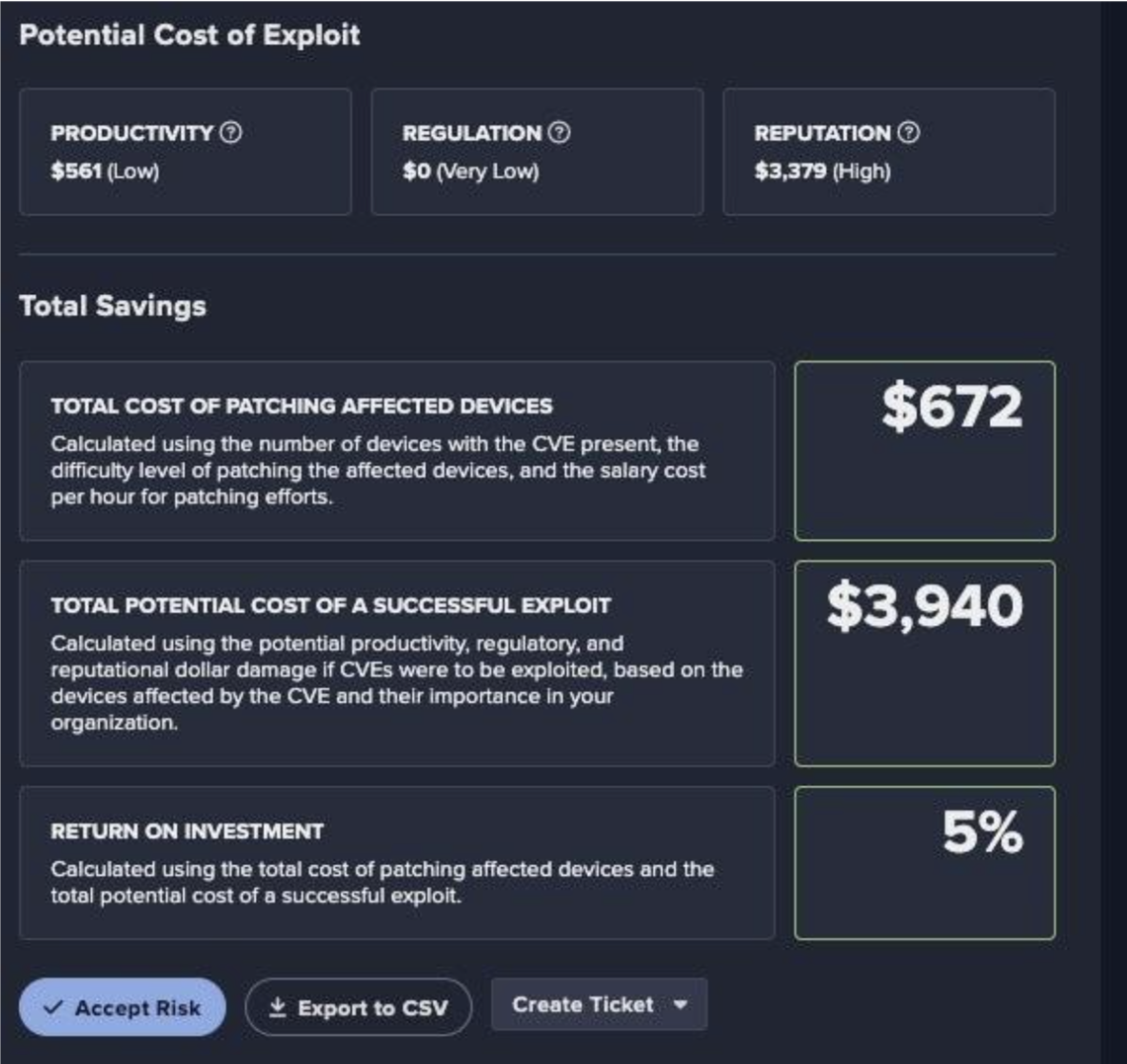Note: Real organization, domain and user names have been modified and replaced with fictitious names to maintain anonymity.
Social media cyber-attacks
Social media is a known breeding ground for cyber criminals to easily connect with a near limitless number of people and leverage the wealth of personal information shared on these platforms to defraud the general public. Analysis suggests even the most tech savvy ‘digital natives’ are vulnerable to impersonation scams over social media, as criminals weaponize brands and trends, using the promise of greater returns to induce sensitive information sharing or fraudulent payments [1].
LinkedIn phishing
As the usage of a particular social media platform increases, cyber criminals will find ways to exploit the increasing user base, and this trend has been observed with the rise in LinkedIn scams in recent years [2]. LinkedIn is the dominant professional networking site, with a forecasted 84.1million users by 2027 [3]. This platform is data-driven, so users are encouraged to share information publicly, including personal life updates, to boost visibility and increase job prospects [4] [5]. While this helps legitimate recruiters to gain a good understanding of the user, an attacker could also leverage the same personal content to increase the sophistication and success of their social engineering attempts.
Darktrace detection of LinkedIn phishing
Darktrace detected a Software-as-a-Service (SaaS) compromise affecting a construction company, where the attack vector originated from LinkedIn (outside the monitoring of corporate security tools), but then pivoted to corporate email where a credential harvesting payload was delivered, providing the attacker with credentials to access a corporate file storage platform.
Because LinkedIn accounts are typically linked to an individual’s personal email and are most commonly accessed via the mobile application [6] on personal devices that are not monitored by security teams, it can represent an effective initial access point for attackers looking to establish an initial relationship with their target. Moreover, user behaviors to ignore unsolicited emails from new or unknown contacts are less frequently carried over to platforms like LinkedIn, where interactions with ‘weak ties’ as opposed to ‘strong ties’ are a better predictor of job mobility [7]. Had this attack been allowed to continue, the threat actor could have leveraged access to further information from the compromised business cloud account to compromise other high value accounts, exfiltrate sensitive data, or defraud the organization.
LinkedIn phishing attack details
Reconnaissance
The initial reconnaissance and social engineering occurred on LinkedIn and was thus outside the purview of corporate security tools, Darktrace included.
However, the email domain “hausconstruction[.]com” used by the attacker in subsequent communications appears to be a spoofed domain impersonating a legitimate construction company “haus[.]com”, suggesting the attacker may have also impersonated an employee of this construction company on LinkedIn. In addition to spoofing the domain, the attacker seemingly went further to register “hausconstruction.com” on a commercial web hosting platform. This is a technique used frequently not just to increase apparent legitimacy, but also to bypass traditional security tools since newly registered domains will have no prior threat intelligence, making them more likely to evade signature and rules-based detections [8]. In this instance, open-source intelligence (OSINT) sources report that the domain was created several months earlier, suggesting this may have been part of a targeted attack on construction companies.
Initial Intrusion
It was likely that during the correspondence over LinkedIn, the target user was solicited into following up over email regarding a prospective construction project, using their corporate email account. In a probable attempt to establish a precedent of bi-directional correspondence so that subsequent malicious emails would not be flagged by traditional security tools, the attacker did not initially include suspicious links, attachments or use solicitous or inducive language within their initial emails.


To accomplish the next stage of their attack, the attacker shared a link, hidden behind the inducing text “VIEW ALL FILES”, to a malicious file using the Hightail cloud storage service. This is also a common method employed by attackers to evade detection, as this method of file sharing does not involve attachments that can be scanned by traditional security tools, and legitimate cloud storage services are less likely to be blocked.
OSINT analysis on the malicious link link shows the file hosted on Hightail was a HTML file with the associated message “Following up on our LinkedIn conversation”. Further analysis suggests the file contained obfuscated Javascript that, once opened, would automatically redirect the user to a malicious domain impersonating a legitimate Microsoft login page for credential harvesting purposes.


Although there was prior email correspondence with the attacker, this email was not automatically deemed safe by Darktrace and was further analyzed for unusual properties and unusual communications for the recipient and the recipient’s peer group.
Darktrace determined that:
- It was unusual for this file storage solution to be referenced in communications to the user and the wider network
- Textual properties of the email body suggested a high level of inducement from the sender, with a high level of focus on the phishing link.
- The full link contained suspicious properties suggesting it is high risk.

Based on these anomalies, Darktrace initially moved the phishing email to the junk folder and locked the link, preventing the user from directly accessing the malicious file hosted on Hightail. However, the customer’s security team released the email, likely upon end-user request, allowing the target user to access the file and ultimately enter their credentials into that credential harvesting domain.

Lateral Movement
Correspondence between the attacker and target continued for two days after the credential harvesting payload was delivered. Five days later, Darktrace detected an unusual login using multi-factor authentication (MFA) from a rare external IP and ASN that coincided with Darktrace/Email logs showing access to the credential harvesting link.
This attempt to bypass MFA, known as an Office365 Shell WCSS attack, was likely achieved by inducing the target to enter their credentials and legitimate MFA token into the fake Microsoft login page. This was then relayed to Microsoft by the attacker and used to obtain a legitimate session. The attacker then reused the legitimate token to log into Exchange Online from a different IP and registered their own device for MFA.


The IP addresses used by the attacker appear to be part of anonymization infrastructure, but are not associated with any known indicators of compromise (IoCs) that signature-based detections would identify [9] [10].
In addition to logins being observed within half an hour of each other from multiple geographically impossible locations (San Francisco and Phoenix), the unexpected usage of Chrome browser, compared to Edge browser previously used, provided Darktrace with further evidence that this activity was unlikely to originate from the legitimate user. Although the user was a salesperson who frequently travelled for their role, Darktrace’s Self-Learning AI understood that the multiple logins from these locations was highly unusual at the user and group level, and coupled with the subsequent unexpected account modification, was a likely indicator of account compromise.
Accomplish mission
Although the email had been manually released by the security team, allowing the attack to propagate, additional layers of defense were triggered as Darktrace's Autonomous Response initiated “Disable User” actions upon detection of the multiple unusual logins and the unauthorized registration of security information.
However, the customer had configured Autonomous Response to require human confirmation, therefore no actions were taken until the security team manually approved them over two hours later. In that time, access to mail items and other SharePoint files from the unusual IP address was detected, suggesting a potential loss of confidentiality to business data.

However, it appears that the attacker was able to maintain access to the compromised account, as login and mail access events from 199.231.85[.]153 continued to be observed until the afternoon of the next day.
Conclusion
This incident demonstrates the necessity of AI to security teams, with Darktrace’s ActiveAI Security Platform detecting a sophisticated phishing attack where human judgement fell short and initiated a real-time response when security teams could not physically respond as fast.
Security teams are very familiar with social engineering and impersonation attempts, but these attacks remain highly prevalent due to the widespread adoption of technologies that enable these techniques to be deployed with great sophistication and ease. In particular, the popularity of information-rich platforms like LinkedIn that are geared towards connecting with unknown people make it an attractive initial access point for malicious attackers.
In the second half of 2023 alone, over 200 thousand fake profiles were reported by members on LinkedIn [11]. Fake profiles can be highly sophisticated, use professional images, contain compelling descriptions, reference legitimate company listings and present believable credentials.
It is unrealistic to expect end users to defend themselves against such sophisticated impersonation attempts. Moreover, it is extremely difficult for human defenders to recognize every fraudulent interaction amidst a sea of fake profiles. Instead, defenders should leverage AI, which can conduct autonomous investigations without human biases and limitations. AI-driven security can ensure successful detection of fraudulent or malicious activity by learning what real users and devices look like and identifying deviations from their learned behaviors that may indicate an emerging threat.
Appendices
Darktrace Model Detections
DETECT/ Apps
SaaS / Compromise / SaaS Anomaly Following Anomalous Login
SaaS / Compromise / Unusual Login and Account Update
SaaS / Unusual Activity / Multiple Unusual External Sources For SaaS Credential
SaaS / Access / Unusual External Source for SaaS Credential Use
SaaS / Compliance / M365 Security Information Modified
RESPOND/ Apps
Antigena / SaaS / Antigena Suspicious SaaS Activity Block
Antigena / SaaS / Antigena Unusual Activity Block
DETECT & RESPOND/ Email
· Link / High Risk Link + Low Sender Association
· Link / New Correspondent Classified Link
· Link / Watched Link Type
· Antigena Anomaly
· Association / Unknown Sender
· History / New Sender
· Link / Link to File Storage
· Link / Link to File Storage + Unknown Sender
· Link / Low Link Association
List of IoCs
· 142.252.106[.]251 - IP - Possible malicious IP used by attacker during cloud account compromise
· 199.231.85[.]153 – IP - Probable malicious IP used by attacker during cloud account compromise
· vukoqo.hebakyon[.]com – Endpoint - Credential harvesting endpoint
MITRE ATT&CK Mapping
· Resource Development - T1586 - Compromise Accounts
· Resource Development - T1598.003 – Spearphishing Link
· Persistence - T1078.004 - Cloud Accounts
· Persistence - T1556.006 - Modify Authentication Process: Multi-Factor Authentication
· Reconnaissance - T1593.001 – Social Media
· Reconnaissance - T1598 – Phishing for Information
· Reconnaissance - T1589.001 – Credentials
· Reconnaissance - T1591.002 – Business Relationships
· Collection - T1111 – Multifactor Authentication Interception
· Collection - T1539 – Steal Web Session Cookie
· Lateral Movement - T1021.007 – Cloud Services
· Lateral Movement - T1213.002 - Sharepoint
References
[1] Jessica Barker, Hacked: The secrets behind cyber attacks, (London: Kogan Page, 2024), p. 130-146.
[2] https://www.bitdefender.co.uk/blog/hotforsecurity/5-linkedin-scams-and-how-to-avoid-them/
[3] https://www.washingtonpost.com/technology/2023/08/31/linkedin-personal-posts/
[4] https://www.forbes.com/sites/joshbersin/2012/05/21/facebook-vs-linkedin-whats-the-difference/
[5] https://thelinkedblog.com/2022/3-reasons-why-you-should-make-your-profile-public-1248/
[6] https://www.linkedin.com/pulse/50-linkedin-statistics-every-professional-should-ti9ue
[7] https://www.nytimes.com/2022/09/24/business/linkedin-social-experiments.html
[8] https://darktrace.com/blog/the-domain-game-how-email-attackers-are-buying-their-way-into-inboxes
[9] https://spur.us/context/142.252.106[.]251
[10] https://spur.us/context/199.231.85[.]153
[11]https://www.statista.com/statistics/1328849/linkedin-number-of-fake-accounts-detected-and-removed































.jpeg)



.avif)








